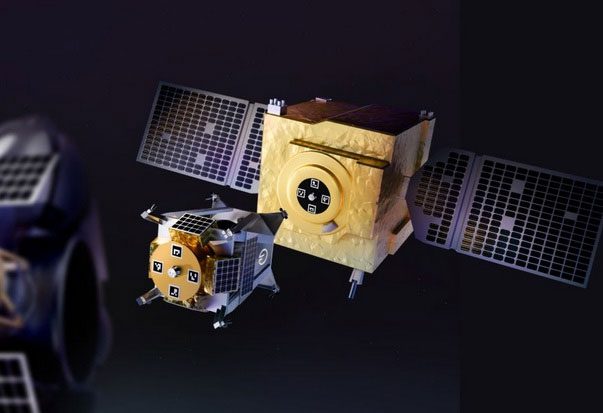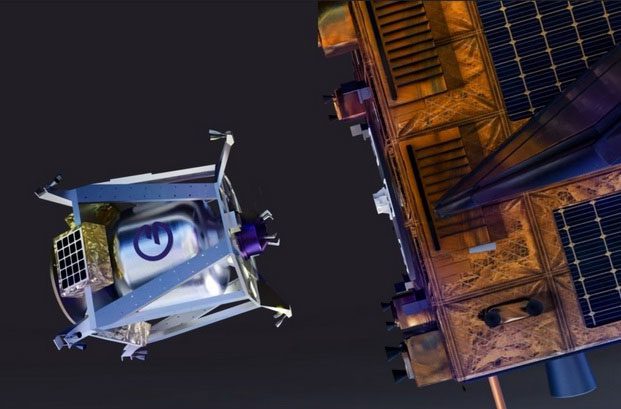An American company plans to build a gas station in space to refuel satellites, helping them avoid the risk of becoming space debris.
Since the early days of the space age, when Sputnik I was launched in 1957, humanity has placed over 15,000 satellites into orbit. Only just over half of these are still operational; the rest, having run out of fuel and ceased operations, have either burned up in the atmosphere or become space debris.

Orbit Fab, an American company, aims to build a gas station in space to refuel satellites. (Photo: CNN).
As a result, these defunct satellites pose a threat to the International Space Station (ISS) and other satellites. The European Space Agency (ESA) estimates that there have been over 640 incidents of breakups, explosions, collisions, or other unusual events leading to fragmentation. This has created a debris field around Earth, which includes 36,500 objects larger than 10 cm and approximately 130 million pieces of debris measuring up to 1 cm.
According to CNN on December 11, cleaning up this debris is costly and complex, with many plans in the works but no clear results yet.
One of the measures to address the issue is to stop generating more space debris by refueling satellites instead of decommissioning them when they run out of energy.
Daniel Faber, CEO of Orbit Fab, stated: “Currently, you cannot refuel satellites in orbit.” And Orbit Fab aims to change that.
The concept of refueling satellites in orbit was pioneered by NASA in 2007. At that time, NASA collaborated with the U.S. Defense Advanced Research Projects Agency (DARPA) and Boeing to launch Orbital Express, a mission involving two satellites that successfully approached and exchanged fuel.
Following this, NASA conducted the Robotic Refueling Mission (RRM) to further explore the challenges of refueling existing satellites. NASA is currently developing the OSAM-1 spacecraft, set to launch in 2026, to refuel the Earth observation satellite Landsat-7. NASA has indicated that OSAM-1 will have a total cost of approximately $2 billion. Faber noted that NASA’s plan is to “surgically” access the fuel port of satellites, which could be costly.

Orbit Fab will use the RAFTI port to connect with satellites and refuel. (Photo: CNN).
Orbit Fab does not plan to address existing satellites. Instead, the company wants to focus on upcoming products, equipping them with a standard port called RAFTI, which significantly simplifies the refueling process and reduces costs.
Orbit Fab markets itself with the slogan “gas stations in space”, and is researching a system that includes a fuel port, refueling shuttles, and fuel transport vehicles or orbital gas stations from which shuttles can refuel. Orbit Fab is pricing its hydrazine supply, the most common satellite propellant, at $20 million in space.
Orbit Fab’s first private customer is Astroscale, a Japanese satellite services company that has developed the first satellite designed for refueling called LEXI. It is set to be equipped with RAFTI ports and is expected to launch in 2026.
Simone D’Amico, an associate professor at Stanford University, regards orbital services as one of the keys to ensuring safe and sustainable space development. He also believes that several factors have delayed this from happening sooner. One reason is that the technology for orbital services has only recently become economically viable due to advancements in miniaturizing satellites.


















































